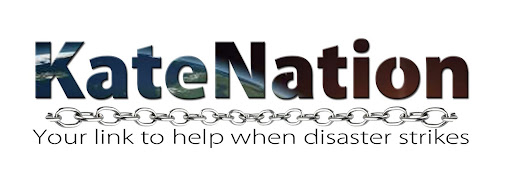?4U – Do you know how to text?
For many, texting is now a standard form of communication. People are texting while eating, texting on dates, and texting while driving. The need to feel connected is addictive. With Nielsen reporting that teenagers are texting more than a hundred messages a day, many parents are wondering if they should permanently block the service from their phones. But, before you swear off texting, take a few minutes to consider the significant power of this communication tool during crisis situations.
In an emergency, the volume of calls significantly increases and this creates network congestion. When people need to reach out most, after surviving a disaster, their calls are often met with a busy signal. After major catastrophes, like a hurricane or a tornado, the congestion can last for hours. This problem can leave survivors in danger and family and friends left to worry about their loved one’s safety.
The congestion work around is a text message. If you cannot place a call on your cell phone, try sending a text message. The text message requires fewer network resources and it is likely to go through. This solution has proven invaluable after multiple major disasters to include Katrina and 9/11. Texting is so effective that the FCC actually lists it as a recommended practice on their “Tips for Communication in an Emergency” website.
If you are a text messaging novice, I encourage you to learn how. It is simple. If you managed to find your way to this blog, you can surely send a text. Ask a friend or a co-worker to show you how. I am not advocating sending 3000 messages a month but I am suggesting that you take the time to understand the services on your phone. The ability to text is an indispensable resource.
While I hope all my readers never have to face a disaster, it is always best to prepare. Learn how to text and stay connected when a disaster strikes.
B4N
Written by Kate Schweigart
Written by Kate Schweigart
